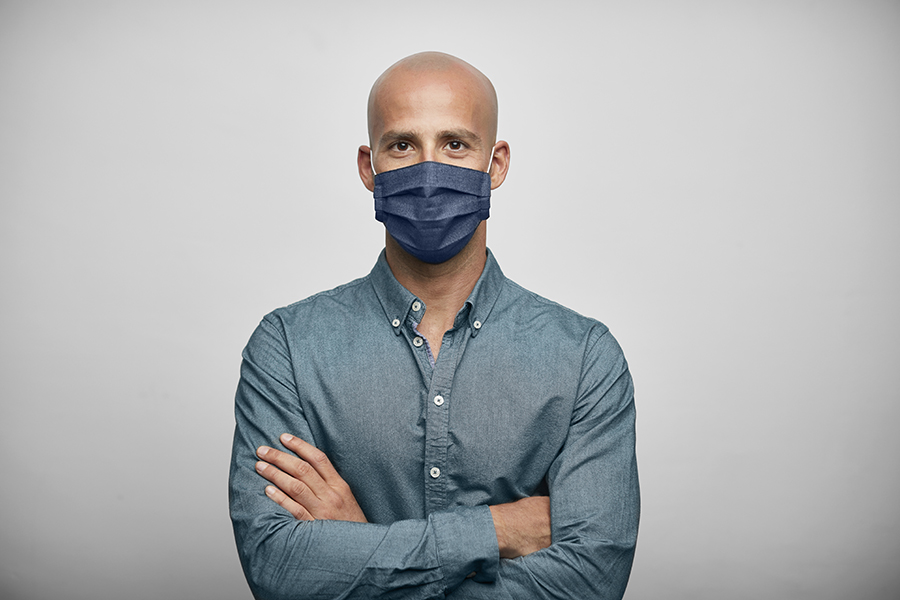The COVID-19 coronavirus pandemic has changed life as we know it, as well as how we manage our households.
While being shut mostly in our homes or observing infection prevention guidelines when leaving our house, it can be pretty hard to grapple with the reality of the world in which we now live. And yet, this is what you as a leader must do to survive and thrive in this new abnormal.
Same Home, Different House Rules?
Susan, an entrepreneur and former coaching client of mine, reached out for help because her household was having difficulty adjusting to the long-term impact of our new pandemic reality. As the founder of a quickly-growing startup in the medical devices industry, she was used to a routine and thrived by keeping her work life separate from her personal life.
However, as the months of staying at home went by, her relationship with her husband, who was the primary caretaker of their nine-year-old child pre-pandemic, started to erode. She found it difficult to concentrate on her startup due to frequent interruptions from her husband and child, and she found herself becoming more and more curt with them.
It was hard enough when school was canceled in the early months of the pandemic, as well as summer camp. And it became increasingly impossible when her son’s school transitioned to online only for the Fall. When I met with Susan over Zoom, I told her that there were some essential steps that she needed to take to adjust to the new COVID-19 reality.
How Your Household Can Survive and Thrive in the Pandemic
First and foremost, we won’t get anywhere if we don’t face the facts. We need to acknowledge that COVID-19 fundamentally disrupted our world, turning it upside down in a few short weeks in February and March 2020. We have to move past the normalcy bias‘s discomfort and our intuitive feeling that the world should go back to normal.
The normalcy bias is one of over a hundred dangerous judgment errors that scholars in cognitive neuroscience, psychology, and behavioral economics like myself call cognitive biases. They result from a combination of our evolutionary background and specific structural features in how our brains are wired.
So how can your household effectively overcome the normalcy bias to adapt to the uncertainty and dislocation that accompanies this new abnormal?
While you’re in a new abnormal, your underlying needs and wants remain the same. You just need to figure out different ways toward satisfying them.
You might have heard of Abraham Maslow’s theory of human motivation and the pyramid of needs based on his work. More recent research, summarized in Scott Barry Kaufman’s excellent book Transcend: The New Science of Self-Actualization, revises this model. Kaufman shows that our fundamental needs consist of safety, connection, and self-esteem, and we will feel deprived without them. We also have needs that help us achieve our full potential through personal growth. This is what Maslow called “self actualization” and what Kaufman more clearly defined as exploration, love, and purpose. A good approach to adapting to the new abnormal is evaluating your life through the lens of these needs and ensuring that you can still satisfy them.
Connection to Others
The most challenging element for Susan stemmed from the fundamental need for connection to others. It’s a topic I describe in more depth in my best-seller, The Blindspots Between Us: How to Overcome Unconscious Cognitive Bias and Build Better Relationships.
First, consider your immediate connections with members of the household.
If you have a romantic partner in your household, you’ll have to figure out how to interact healthily, given that you’re together 24/7. You’ll likely get into each other’s spaces and on each other’s nerves. It’s much wiser to anticipate and work out these problems in advance than have them blow up down the road. The same principle applies to other members of your family. If you have older children who moved home after university closed, or younger children who aren’t going to school after it closed, you’ll need to figure out how to deal with them cooped up inside. This includes staying in touch with their schools to get updates on online school work.
You’ll have to put more thought into dealing with older adults over 60 or anyone with underlying health conditions in your household (including yourself if you fit either category). Given their much greater vulnerability to COVID-19, you and other members of your household need to take serious measures to prevent them from getting ill. That means being more careful yourself than you might otherwise be since over half of all those with COVID-19 have no or light symptoms.
Second, what about your connection to those you care about who aren’t part of your household? Your romantic partner might not be part of your household. Depending on how vulnerable to COVID-19 you and other members of your household might be, you might choose to take the risk of physical intimacy with your romantic partner. But you have to make this decision consciously rather than casually. Or you might decide to have a social-distance relationship, meeting at a distance of 10 feet or by videoconference.
During one of our coaching sessions, Susan said she hadn’t realized how strained her relationship with her husband was until I had pointed out the need for healthy interaction while being together 24/7. After our talk, she sat down with her husband to have a serious conversation about the situation. Together, they decided to stick to their separate routines, have their own spaces apart. Susan would spend time at her home office and her husband and child would spend days accomplishing school work in the living area. They would come together as a family after the workday was done — as they would have before the pandemic — so that they wouldn’t get on each other’s nerves.
Soon after, they also sat down and conversed with their young child regarding COVID-19, remaining calm and simply discussing what they, as a family, needed to do to stay healthy. Due to their reassuring manner, their child expressed more willingness to open up to them about any worries he might have regarding the pandemic.
Conclusion
Towards the end of our coaching sessions, Susan informed me that she had finally established a balanced work-life routine that suits her and protects her relationships with her loved ones.
While the new abnormal ushered in by COVID-19 has brought unprecedented changes to our lives, there’s no reason you can’t survive and thrive in the new abnormal while we wait a few more months for a vaccine. You need to identify, anticipate, and take care of your fundamental needs.




































